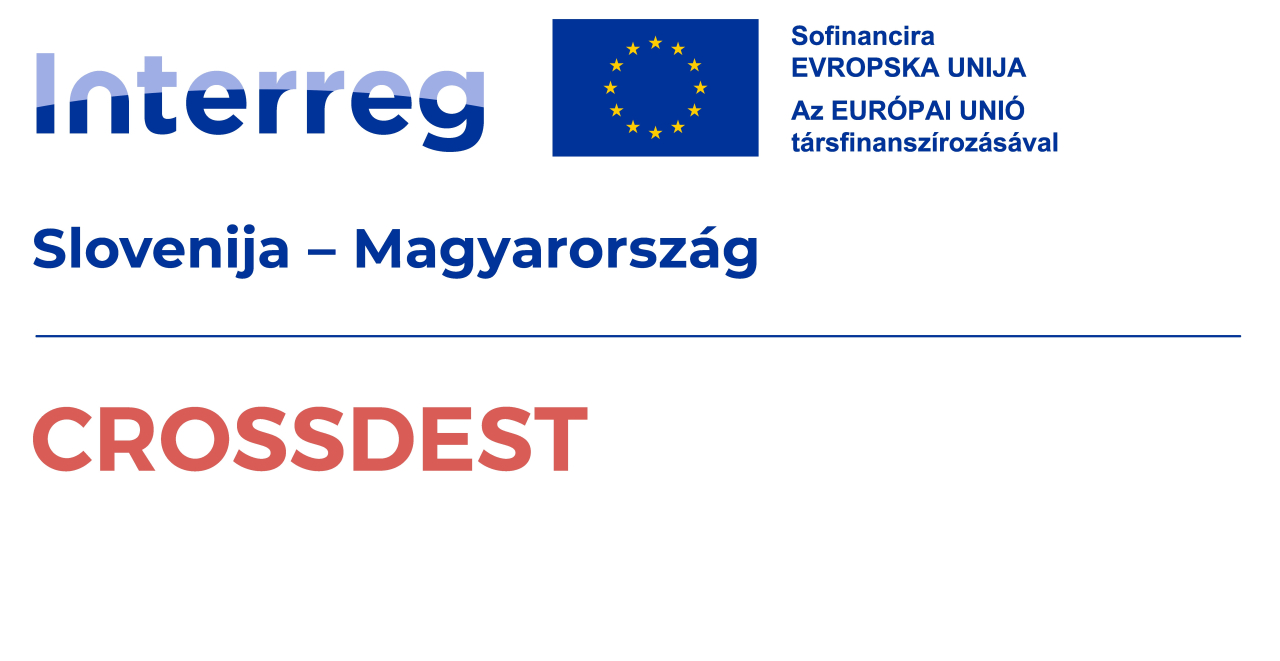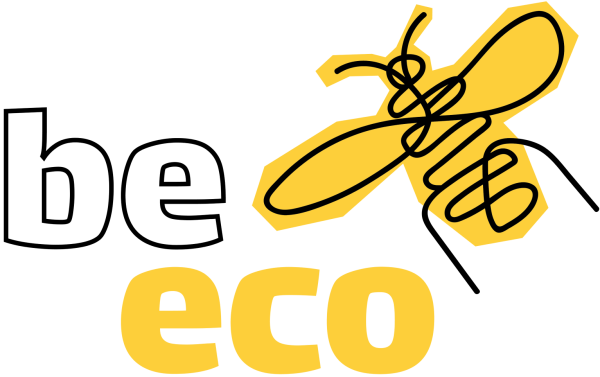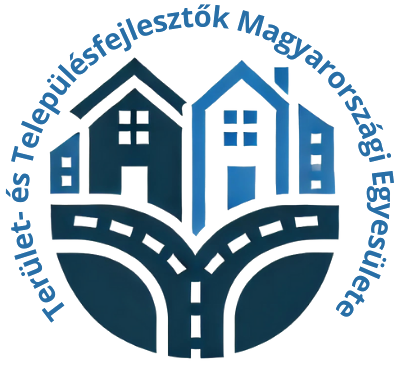-

Photo: Gazsó János -

Photo: Gazsó János -

Photo: Gazsó János -

Photo: Gazsó János
Dobozi Reformed Church
Located in the centre of Doboz village, in the middle of Kossuth Square, stands the Reformed Church, rich in historical and symbolic value: it was built between 1794 and 1798 during the ministry of Sámuel Kállai M. The church is a single-nave structure with a tower at the front façade, ending in a semicircular closure. The tower's shaft is topped by a clock cornice – complete with a clock. The tower spire bears the year 1867, commemorating its renovation, and is crowned with a decorative finial featuring a globe, star, and flag. The interior furnishings are in a classicising style with Rococo influences. The floor is covered with wide wooden planks. The organ, built in 1912, is also under heritage protection. The unique oak furnishings add a cosy atmosphere to the church interior. Inside the church, there is a distinctive marble baptismal font. The church was damaged during the 1978 earthquake, and its restoration took six years. The building was reinforced with a concealed reinforced concrete structure that even caught UNESCO's attention. In addition to worship services, the Dobozi Reformed Congregation occasionally organises cultural events within the church walls, enriching the cultural life of this ancient settlement.
- Parking available
More information
Target group
-
Class trips
-
Multigenerational programs
-
Couples
-
Families with younger children
-
Friends
-
Adult-friendly
-
Seniors
-
Families with older children
Other services
Sights, programs
AllParking information
- Free outdoor parking available








